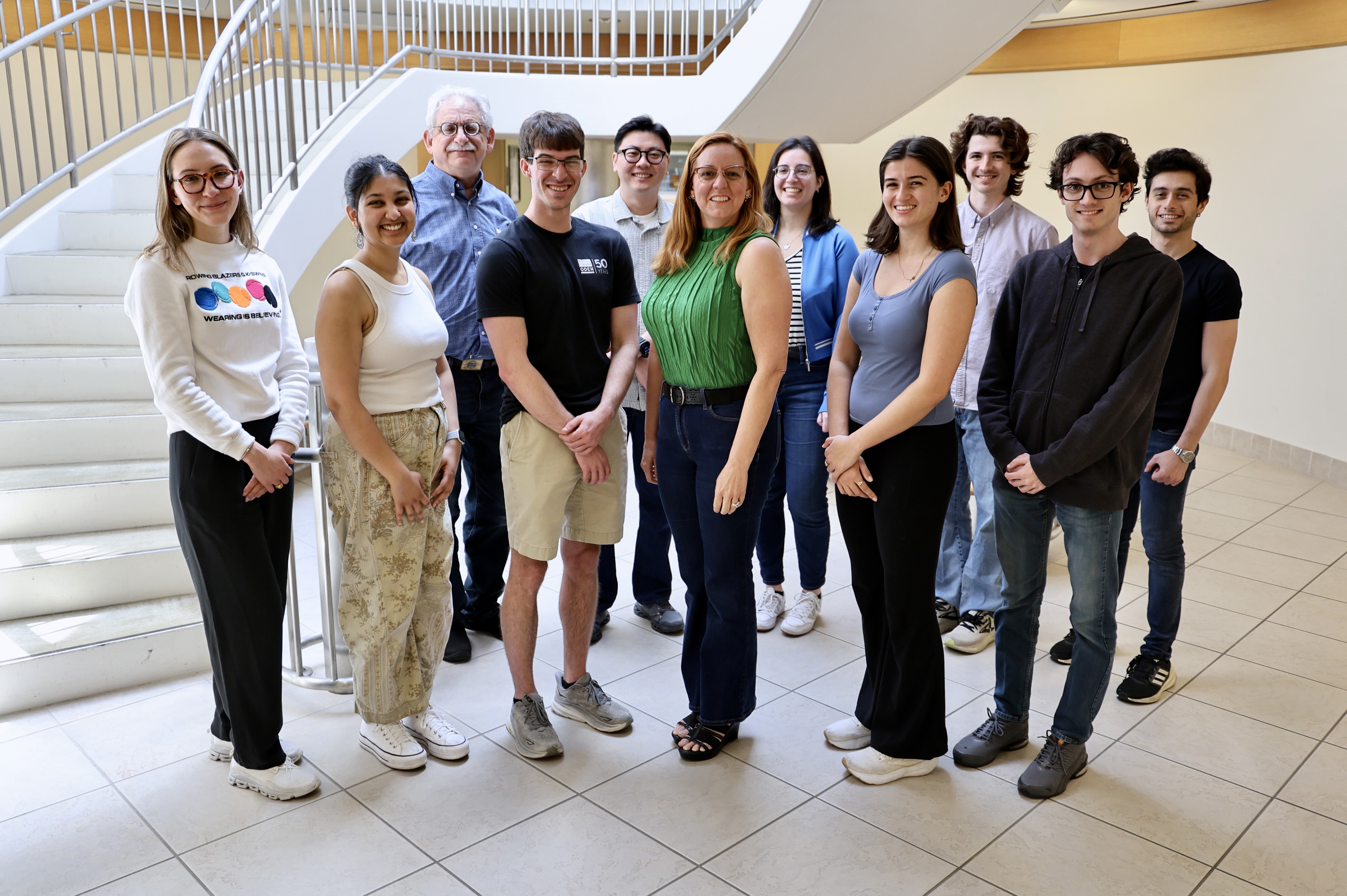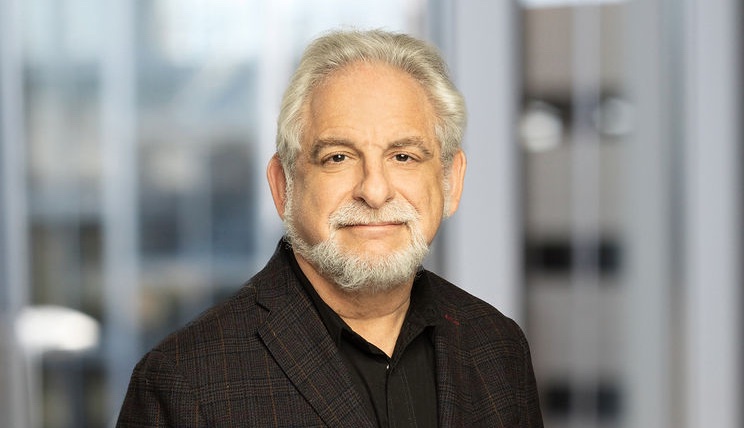
The overarching goal of the James T. Willerson Center for Cardiovascular Modeling and Simulation (WCCMS) is developing computational biomechanical models for understanding heart valve and heart disease progression for developing clinical interventions, including prosthetics devices.
Website
Directors

Faculty and Research Staff

Postdocs
Students
Staff
Members outside the Oden Institute
Elizabeth Cosgriff-Hernandez, Richard Dixon, James Tunnell, Peter Vanderslice
The group develops or utilizes a range of unique in-vivo and in-vitro data for elucidating mechanisms that underlie the observed pathologies. The modeling focuses on the detailed incorporation of this data to provide a high level of physical and physiological realism and validation, working at the continuum-cellular, fibrous tissue, and whole organ levels. The group ultimately seeks to provide cardiovascular scientists and clinicians with advanced simulations for the rational development of treatments for structural heart and heart valve diseases. Such simulations can ultimately lead to reduction in development time, lowering of morbidity and mortality, reduced re-operative rates, and lessened post-operative recovery time. Moreover, the development and use of these tools in the context of patient-specific models will ultimately also allow clinicians to craft cardiovascular therapies that are optimized for the cardiovascular system of individuals, with a resulting increase in success and decrease in risk adverse side effects.
Projects:
See the following website for all projects: https://wccms.oden.utexas.edu/projects_new.html
1) Patient Specific Quantification and Simulation of Mitral Valve Function
2) Modeling and simulation of the normal, diseased, and replacement aortic heart valve
3) Heart Valve Interstitial Cell Mechanobiology
4) Cardiac Remodeling Under Pulmonary Hypertension
5) Effects of Myocardial Infarction